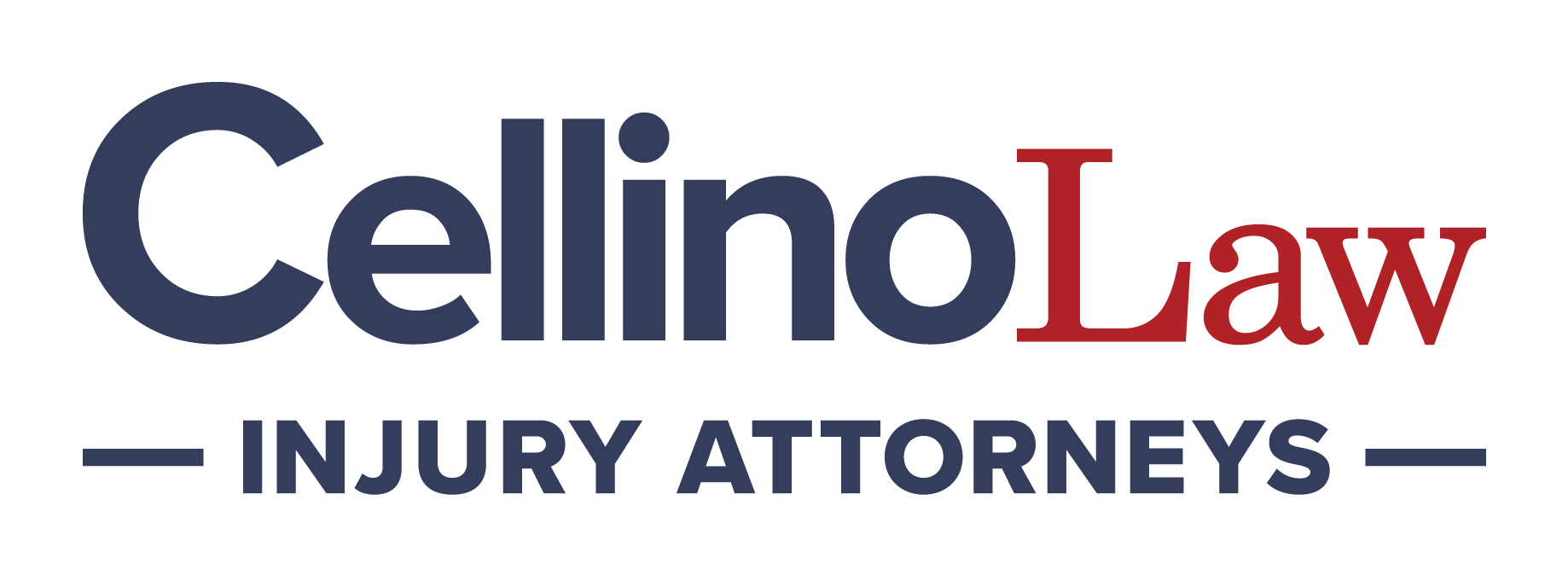 October 17, 2024
|
Reading Time: 6 min
October 17, 2024
|
Reading Time: 6 min
Motorcycle and car accidents are two of the most common types of motor vehicle incidents in New York State (NYS), but they differ in the legal processes and outcomes, especially when it comes to personal injury claims. Understanding the nuances of these cases is essential for accident victims, as the procedures, insurance policies, and compensation rules vary significantly between motorcycles and cars.
The Role of No-Fault Insurance in NYS
In New York, drivers of cars are required to carry no-fault insurance, which ensures that medical bills, lost wages, and certain other expenses are covered regardless of who caused the accident. However, motorcyclists are excluded from the no-fault system. This creates a major distinction between how injury claims for car accidents and motorcycle accidents are handled.
- Car Accidents: If you are injured in a car accident, your no-fault insurance will generally cover your medical bills up to $50,000. This allows drivers and passengers to get immediate medical care without needing to prove fault.
- Motorcycle Accidents: Motorcyclists must rely on personal health insurance or pursue legal action against the at-fault party to cover their medical costs. Since motorcyclists do not have access to no-fault benefits, they often need to file third-party liability claims to recover compensation.
Without the safety net of no-fault insurance, injured motorcyclists often face a tougher financial situation. Legal assistance is frequently necessary to recover fair damages through litigation or settlements with insurance companies.
Higher Injury Risks for Motorcyclists
Motorcycle riders are at a much higher risk of serious injuries compared to drivers or passengers in cars. Even with helmets and protective gear, the lack of external protection makes motorcyclists vulnerable to severe and sometimes even fatal injuries. Because of these heightened risks, injury claims related to motorcycle accidents are often more complex, involving higher medical expenses and long-term rehabilitation costs.
- Car Accident Injuries: Car occupants benefit from airbags, seatbelts, and crumple zones that reduce the severity of injuries. Many car accident claims involve minor to moderate injuries, such as whiplash or soft tissue damage, though serious injuries do still occur.
- Motorcycle Accident Injuries: Common injuries for motorcyclists include broken bones, spinal cord injuries, traumatic brain injuries (TBI), and road rash. These injuries often result in higher medical bills and longer recovery periods, making motorcycle claims more likely to involve substantial compensation requests.
Due to the higher stakes in motorcycle accidents, insurance companies may be more resistant to settling claims quickly or offering fair compensation.
Establishing Fault and Liability
Determining fault plays a critical role in both motorcycle and car accident claims. However, there are some nuances in how fault is assigned, and the consequences can be more significant for motorcyclists.
- Comparative Negligence in NYS: New York follows the comparative negligence rule, meaning that both drivers and riders can share a percentage of fault in an accident. If you are partially at fault, your compensation is reduced by your percentage of responsibility.
- Example: If a motorcyclist is found 30% at fault for the accident, they can still recover 70% of their damages from the other party.
While this rule applies to both motorcycle and car accidents, insurance companies may scrutinize motorcycle accidents more closely, often arguing that the motorcyclist was driving recklessly or speeding. Overcoming this bias can make it harder for motorcyclists to obtain fair settlements, so gathering strong evidence—such as police reports, witness statements, and expert testimony—is crucial.
Insurance Coverage Differences
Car owners in NYS are required to carry several forms of insurance, including no-fault insurance, liability coverage, and uninsured/underinsured motorist coverage. For motorcyclists, the required insurance coverage is more limited, creating additional challenges when filing claims.
- Car Insurance Requirements: NYS drivers must carry:
- No-fault insurance: Covers personal injuries regardless of fault.
- Liability insurance: Covers damages if the driver is at fault.
- Uninsured/underinsured motorist (UM/UIM) coverage: Protects against accidents with drivers who have little or no insurance.
- Motorcycle Insurance Requirements: Motorcyclists are required to carry liability insurance but are not eligible to carry no-fault coverage. They can also choose to purchase optional uninsured/underinsured motorist coverage, which is highly recommended, given the higher risk of serious injury.
In practical terms, the absence of no-fault coverage for motorcyclists means that their recovery depends heavily on the at-fault driver’s insurance policy limits. If the other driver is uninsured or underinsured, the motorcyclist may face serious difficulties unless they have opted for additional coverage.
Time Limits and Legal Process for Filing Claims
The statute of limitations—how long you have to file a claim—is the same for both motorcycle and car accidents in NYS. However, the urgency to pursue legal action may be greater for motorcyclists since they cannot rely on no-fault insurance.
- Statute of Limitations: In both car and motorcycle accidents, victims have three years from the date of the accident to file a personal injury lawsuit. If the claim involves wrongful death, the family has two years to file.
- Reporting Requirements: All accidents that cause injury or damage exceeding $1,000 must be reported to the DMV within 10 days. Failing to report the accident can complicate claims and legal proceedings.
While both drivers and motorcyclists face the same legal deadlines, injured motorcyclists often need to act more quickly to build a case, given the higher likelihood of extensive medical costs and disputes over liability.
Settlement vs. Litigation
Both car and motorcycle accident claims can result in settlements or go to court, but motorcycle accidents are more likely to require litigation. This is because insurance companies tend to offer lower settlements to motorcyclists, assuming that juries might perceive motorcyclists as inherently more risky or reckless.
- Car Accident Claims: Many car accident cases are settled out of court, especially when the injuries are minor and the insurance coverage is sufficient.
- Motorcycle Accident Claims: Because of the higher medical costs and the potential for long-term disability, motorcycle accident claims often involve larger settlement amounts. Insurance companies may resist paying these higher amounts, leading many cases to court.
An experienced personal injury attorney can be invaluable for motorcyclists, helping negotiate fair settlements or representing them in court if necessary.
For Car or Motorcycle Accidents, Cellino Law Can Help
In the event of a motorcycle or car accident, obtaining timely, expert legal assistance is of the essence. Whether you’re facing injury, loss, property damage, or psychological trauma, an experienced law firm like Cellino Law can guide you through the complexities of your case.If you find yourself a victim of a motorcycle or car accident, don’t hesitate to reach out for the support you deserve. Contact Cellino Law at 888-888-8888 for a free consultation with a member of our legal team.

Content checked by the personal injury attorney Ross Cellino. As a family man and a trial attorney, I pride myself on winning cases and serving the community. With over 35 years of experience, I understand the function of a jury, how juries arrive at conclusions, and the role that the jury plays in administering justice. I know how to win cases. You can find us in Manhattan, Buffalo, Melville, Rochester, Brooklyn, The Bronx, Queens and other locations throughout New York.

